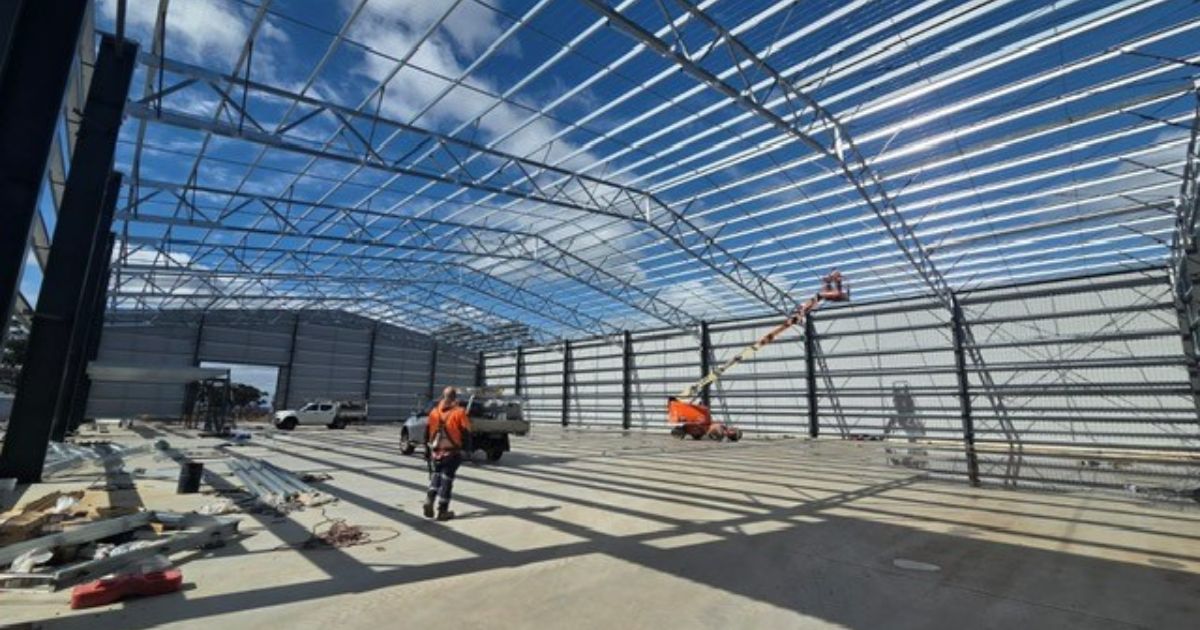Carving out new homes

Arborists using chainsaws have been hard at work creating new hollows for threatened wildlife in storm-affected areas of the Wombat State Forest, that included Blackwood and Korweinguboora. Photo - DELWP
Hollows carved into trees could soon become home to species like the greater glider, brush-tail phascogale and Red-browed tree creeper, which lost important habitat in the June and October 2021 storms that affected more than 80,000 hectares of the Wombat State Forest, including the Blackwood and Korweinguboora areas in the Moorabool Shire.
Chris Arnold, Recovery Operations Manager in the DELWP Grampians Region, said about 50 hollows had been created as part of an initial trial. Another 140 followed in the project’s second phase. A chainsaw carved some, while others were created using a method called Hollowhog that makes large internal cavities through small entry holes in both living and dead wood.
Mr Arnold said Wombat Forestcare helped identify places where the greater glider and other threatened hollow-dependent species had been seen before the storm damage.
“In those places, hollows have been carved into trees that lost their crown in the storms but remain standing,” he said.
“The idea is that these carved hollows will more closely replicate natural hollows, which can take 100 years to form naturally. Being carved into the tree, they will have better thermal insulation, which we hope will encourage more wildlife use,” Mr Arnold said.
“The hollows of varying sizes will evolve as the trees grow and cater for different species over time.”
The district has partnered with Federation University, whose students will help provide ongoing monitoring of the hollows.
“We hope to learn from this trial to see if these chainsaw-carved hollows can also be useful after planned burning activities or fire recovery to ensure the habitat is maintained or restored,” Mr Arnold said.
Under DELWP’s extensive recovery program following last year’s June and October storms, more traditional nesting boxes are also being installed in the Moorabool area, where DELWP has partnered with local councils on local recovery projects.
Grampians Regional Recovery Manager Mark Lee said the councils have been engaging with resident’s keen to address the loss of hollows during last year’s storms.
“Through DELWP’s support, we have been able to get great environmental and social outcomes,” he said.
DELWP granted each council $10,000 to run community workshops and gave participants nesting boxes and Indigenous plant packs.
“The plants will provide a food source to the native fauna species that would ideally take up residence in the nesting boxes,” Mr Lee said.
“The shires have engaged Men’s Sheds and Rotary groups to build the boxes with the wood sourced from Bushfire Recovery Victoria’s wood processing plant in Romsey, and local community members will install it on their properties, so it’s a real win-win story,’ Mr Lee said.


















